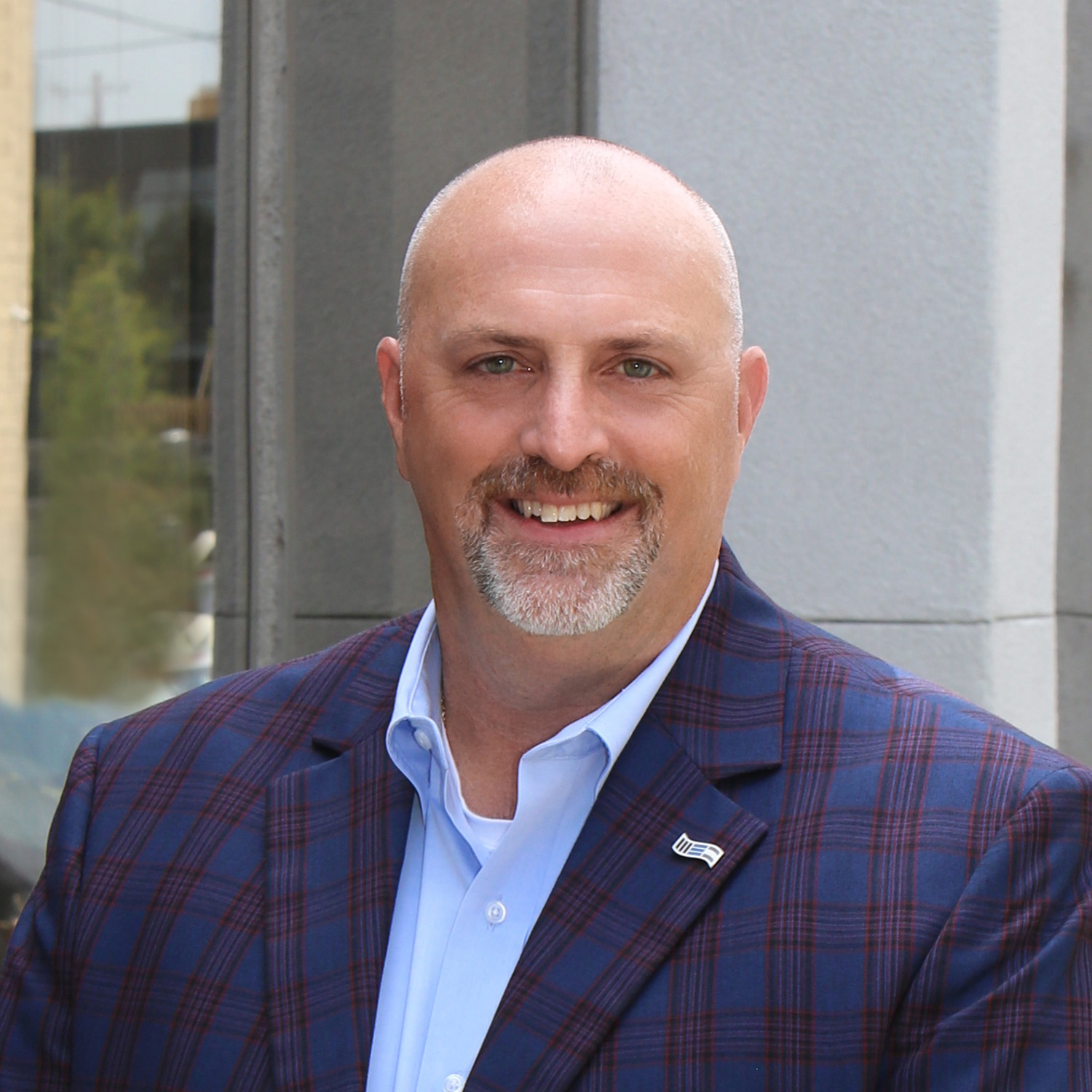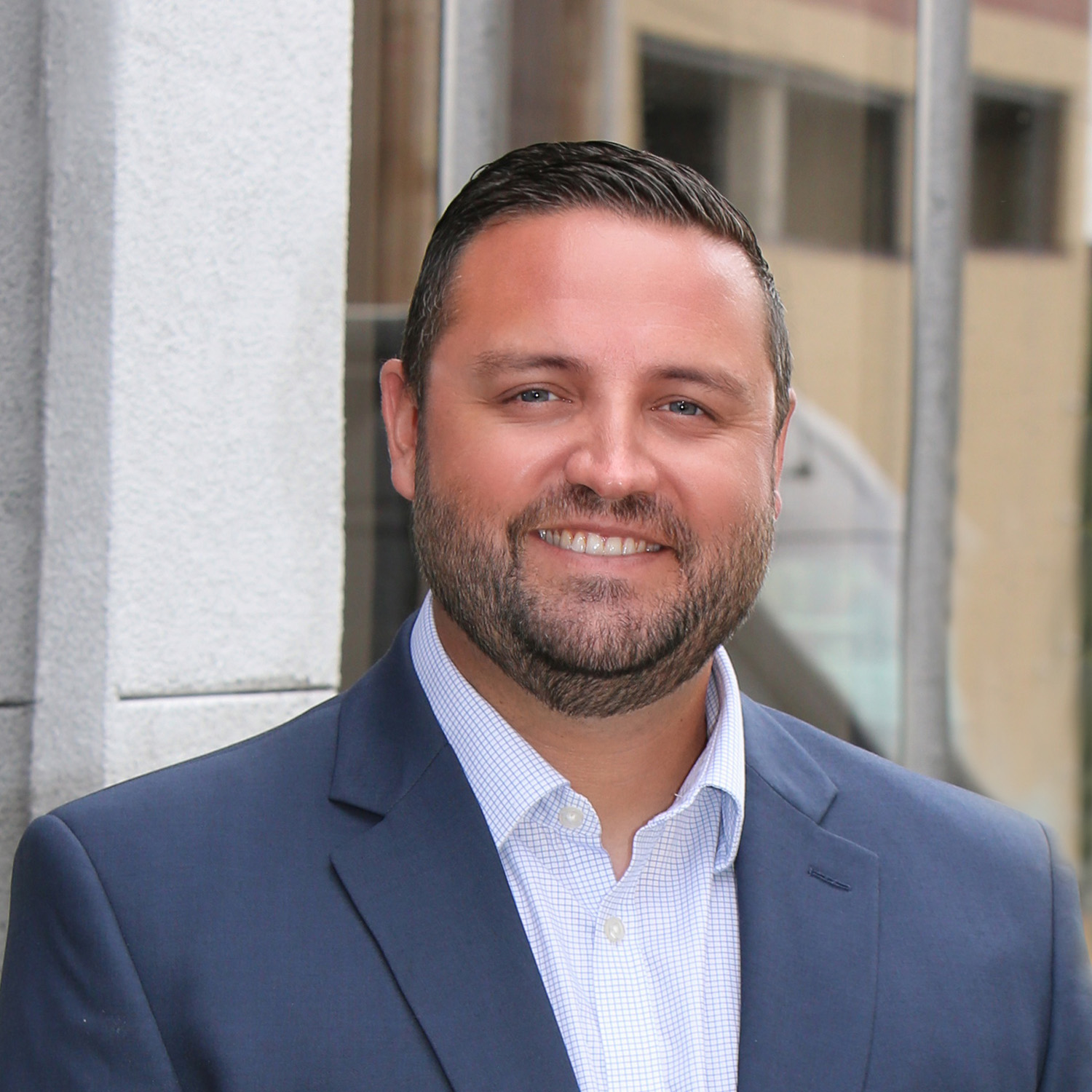Survey Equipment for Forensic Scanning and More
Land surveys determine the exact layout of buildings, objects, and terrain within established boundaries. While this is largely used for construction projects and navigating real estate laws, survey data can be used in many other ways. McClure engineers are helping lead the industry with new ways to use the information collected with survey equipment, such as forensic scanning.
With forensic scanning, the data collected from scanners can be used as evidence in a wide range of legal matters. The data could be used to prove a central argument or support dozens of pieces of evidence with mathematical precision. Regardless, the accurate information surveys provide is finding new uses across the board in the courtroom.
What Is Forensic Scanning?
Forensic scanning is an innovative service from McClure that uses professional survey scanners and other equipment to collect information. But rather than define property lines or mark future construction, the data is instead used to establish forensic evidence. McClure engineers can survey crime scenes and other areas involved in a legal dispute.
As long as the scanners are used correctly, they can provide information vital to the case without the possibility of human error. Legal cases can be influenced by even tiny pieces of evidence, so the exhaustive detail captured by the scanners is extremely useful.
And there are even more benefits to using survey scanners for forensics, including:
Identifying possible evidence: Crime scenes can cover large amounts of space, and finding relevant evidence can be extremely time consuming. Scanners automatically collect information about everything surveyed, ensuring nothing is missed.
Establishing distance between objects: The exact layout between objects provides crucial information about how these objects might have been used during a crime. Modern scanners can provide accurate measurements for how every object interacts with each other.
Ballistics: Without witnessing the events themselves, verifying how or why certain objects moved is difficult. The measurements, angles, and small details captured from scanners can help detectives and forensic scientists reverse engineer their original locations. This is especially useful for ballistics, as projectiles can bounce off multiple other objects.
Using 3D High-Definition Scanning Equipment
Another key benefit of using scanners and digital software is the opportunity to create detailed 3D models with the collected information. McClure can use 3D high-definition scanning technology like LIDAR or photogrammetry to produce accurate, 3D renders of a space or crime scene. This can be used alongside other evidence to determine sightlines, trajectories, and other useful information.
Safely capture forensics without disturbing the scene: Even careful professionals may accidentally step on an important piece of evidence. 3D scanners can remain at a distance, safely collecting the information without disturbing anything. In fact, McClure is helping pioneer the industry’s use of unmanned drones for 3D scanning.
Render small details for closer study: Photogrammetry uses a large number of high-definition photographs to create 3D renders. With digital tools like REVIT and AutoCAD, these renderings can be closely studied more easily and without having to revisit the scene.
Evidence backed by mathematical precision: The consequences of a legal case can be far-reaching, with steep penalties for those held liable. It’s important that all information collected is as accurate as possible to ensure cases reach a fair conclusion for everyone involved.
Where We Make An Impact
McClure engineers can capture enormous quantities of data with high-definition scanners. How we use this data is an exciting frontier, with new applications still being discovered. While McClure is excited to provide forensic scanning, we’re equally happy to help you find new ways to use survey data to your advantage.
Survey Equipment for Forensic Scanning and More
Land surveys determine the exact layout of buildings, objects, and terrain within established boundaries. While this is largely used for construction projects and navigating real estate laws, survey data can be used in many other ways. McClure engineers are helping lead the industry with new ways to use the information collected with survey equipment, such as forensic scanning.
With forensic scanning, the data collected from scanners can be used as evidence in a wide range of legal matters. The data could be used to prove a central argument or support dozens of pieces of evidence with mathematical precision. Regardless, the accurate information surveys provide is finding new uses across the board in the courtroom.
What Is Forensic Scanning?
Forensic scanning is an innovative service from McClure that uses professional survey scanners and other equipment to collect information. But rather than define property lines or mark future construction, the data is instead used to establish forensic evidence. McClure engineers can survey crime scenes and other areas involved in a legal dispute.
As long as the scanners are used correctly, they can provide information vital to the case without the possibility of human error. Legal cases can be influenced by even tiny pieces of evidence, so the exhaustive detail captured by the scanners is extremely useful.
And there are even more benefits to using survey scanners for forensics, including:
Identifying possible evidence: Crime scenes can cover large amounts of space, and finding relevant evidence can be extremely time consuming. Scanners automatically collect information about everything surveyed, ensuring nothing is missed.
Establishing distance between objects: The exact layout between objects provides crucial information about how these objects might have been used during a crime. Modern scanners can provide accurate measurements for how every object interacts with each other.
Ballistics: Without witnessing the events themselves, verifying how or why certain objects moved is difficult. The measurements, angles, and small details captured from scanners can help detectives and forensic scientists reverse engineer their original locations. This is especially useful for ballistics, as projectiles can bounce off multiple other objects.
Using 3D High-Definition Scanning Equipment
Another key benefit of using scanners and digital software is the opportunity to create detailed 3D models with the collected information. McClure can use 3D high-definition scanning technology like LIDAR or photogrammetry to produce accurate, 3D renders of a space or crime scene. This can be used alongside other evidence to determine sightlines, trajectories, and other useful information.
Safely capture forensics without disturbing the scene: Even careful professionals may accidentally step on an important piece of evidence. 3D scanners can remain at a distance, safely collecting the information without disturbing anything. In fact, McClure is helping pioneer the industry’s use of unmanned drones for 3D scanning.
Render small details for closer study: Photogrammetry uses a large number of high-definition photographs to create 3D renders. With digital tools like REVIT and AutoCAD, these renderings can be closely studied more easily and without having to revisit the scene.
Evidence backed by mathematical precision: The consequences of a legal case can be far-reaching, with steep penalties for those held liable. It’s important that all information collected is as accurate as possible to ensure cases reach a fair conclusion for everyone involved.
WHERE WE MAKE AN IMPACT
McClure engineers can capture enormous quantities of data with high-definition scanners. How we use this data is an exciting frontier, with new applications still being discovered. While McClure is excited to provide forensic scanning, we’re equally happy to help you find new ways to use survey data to your advantage.

















